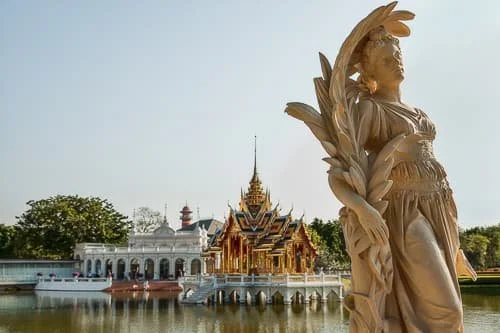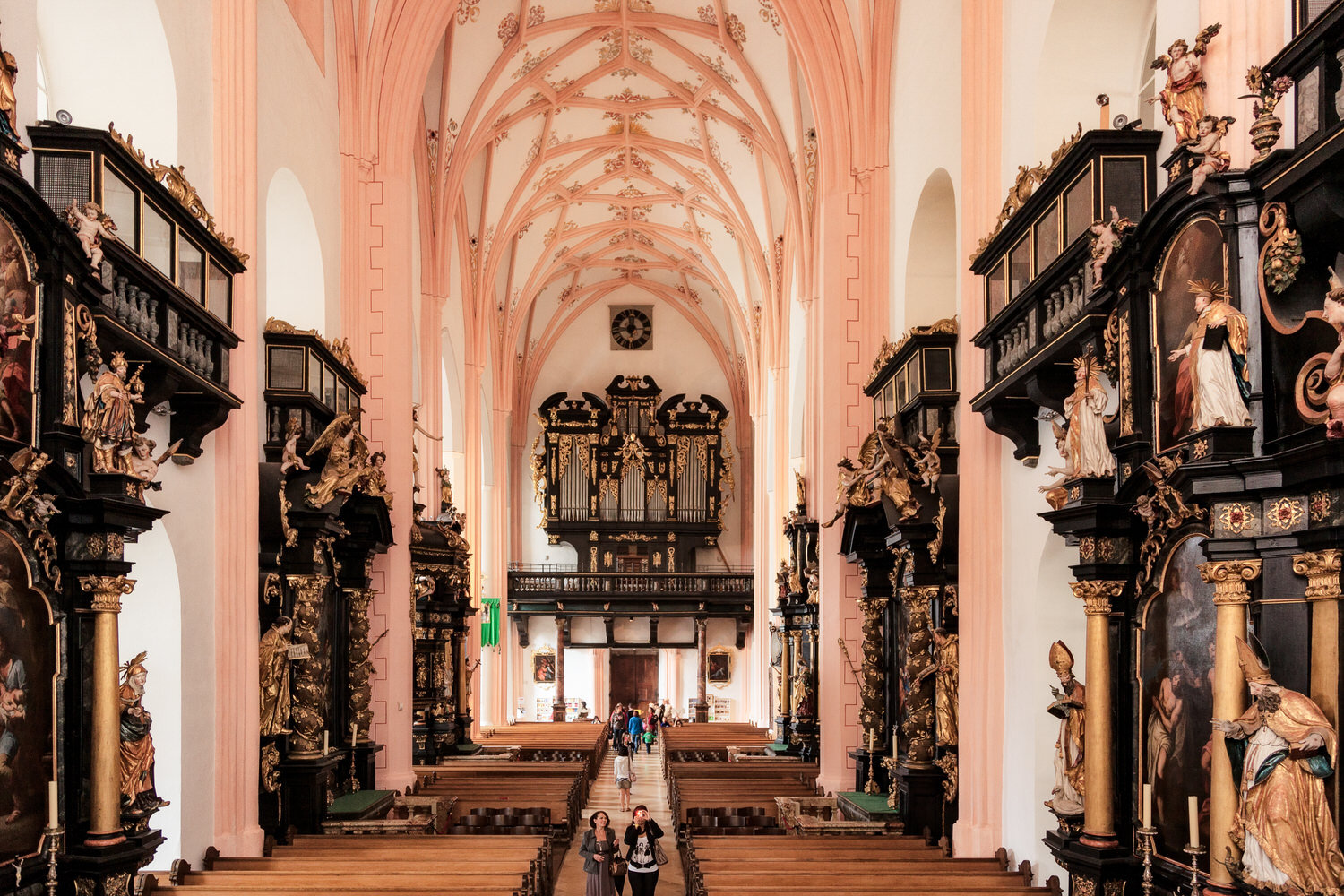The Beautiful Victoria Memorial In Kolkata, India
Victoria Memorial reflected in a man made lake in Kolkata, India.
The Victoria Memorial in Kolkata, India is a lovely and historically important building. I was really excited to visit the Victoria Memorial though, when I did, I found making photos to be challenging.
Sadly, following a range of terrorist bombings, photography inside some important civic and religious buildings in India is no longer permitted.
I'm going to assume that this is because by making photographs you have a detailed, visual record of where to place a bomb.
Pretty simplistic, don't you think?
While it might be possible to restrict photographers with professional equipment, it's near impossible to stop folks making photos with their smartphones.
What’s more I guess those good folk who made the rules haven't heard about Google Earth.
I was unable to photograph the interior of this spectacular building, one that spoke to the splendour of former British Rule.
It's such a shame that enthusiast photographers are unable to record much of the beauty, majesty and mystery of this wonderful structure.
Fortunately, while security was tight during my visit to the Victoria Memorial, I was able to photograph the exterior of the building without any trouble.
I did so by wandering the extensive grounds and photographing the outside of Victoria Memorial from several angles.
The image at the top of this post illustrates one of my favourite photos from the day.
While the building itself is largely backlit, the shadows it cast provided an interesting reflection that repeats the shape of the main dome and surrounding towers.
Statue of Lord Curzon, Viceroy Of India, outside the Victoria Memorial, Kolkata.
Different Ways to Photograph Historic Sites
I visited Victoria Memorial on a very hot and bright day.
Photographing in the middle of the day, particularly under quite bright light, is not ideal for landscape or architectural photography.
While it’s easy to achieve sharp images displaying a large depth of field under such conditions, direct light tends to reflect color and texture off the surface of architectural and landscape elements.
The best way to overcome these problems is to employ a polarizing filter over your camera’s lens.
Here’s a link to an extensive post I wrote that explains how to use a polarizing filter. I’m sure you’ll find it useful.
Of course there are many approaches to recording a place or event, including the following:
The architectural and documentary photographer records for posterity.
The artist interprets creatively.
The tourist records important moments and memories from their own life's journey as a kind of visual record.
This record helps protect against the vagaries of memory and allows us to share our experiences with others.
So, as you can see, banning photography is not without cost and there's much that is lost through the implementation of such draconian policies.
In some countries authorities seem to be more concerned about video cameras.
The trouble is that DSLR and mirrorless cameras sold today include video capabilities and this fact may provide the security guard on duty with yet another reason to challenge your right to photograph the site.
Whether you use, or even know how to use, the video capabilities on your camera may be a moot point.
Columns at the splendid Victoria Memorial in Kolkata, India.
Photographers Should Demonstrate Patience And Courtesy
Of course photographers and tripods can be an issue, particularly where large crowds are present.
But so long as the photographer is respectful of the site, and does not willfully impede the progress of other visitors, I don't see a problem. Do you?
About to Travel?
Stay Happy By Doing Your Research
I'd heard about the security issues in India, following several bombings by groups that are commonly referred to as extremists. However, I didn't realize that the response was so severe and so widespread.
Frankly, as I travel primarily to photograph, there would be many places that I simply wouldn't visit if I knew I wouldn't be allowed to photograph there.
That would certainly be my loss but, given my mission in life is to share the beauty of our world and its people with an ever wider audience, I'd say I wouldn't be the only one to miss out.
If photography is the primary reason you travel you may want to research your planned destinations to ensure you won't be banned from making photos there.
It may still be worthwhile making the trip, though it might mean you have to adapt and photograph the location or city in question differently than you otherwise would.
A statue stands guard outside the magnificent Victoria Memorial in Kolkata, India.
How To Remove Color To Better Express Mood
It’s true to say that most folks, generally, don’t like color photographs that display very high levels of contrast.
That’s not so much the case with black and white and, when you have no choice but to photograph under high contrast conditions, black and white can save the day.
That’s the main reason I decided to render the image of the guardian statue into black and white, though I’ve added a subtle color tone to impart the feeling of warmth into the image.
I achieved a similar effect with the image of the columns. In that case I’ve left it in color, but have removed most of the saturation so that, at first appearance, it probably looks like a black and white image.
The idea is for the subtle warm hues to add a sense of hope to these two images. I hope you like them.
Gardens and pond at the Victoria Memorial in Kolkata, India.
Is Travel To India Right For You?
Unless you travel in 5-star comfort India is a very difficult country in which to travel.
Nonetheless, the people, culture, temples and landscapes of this large and diverse country provide the enthusiastic photographer with fantastic opportunities to make truly memorable images of India.
I've been to India on four or five occasions and it never fails to excite me. I've been really sick on each trip, but that hasn't stopped me. It's just the price you sometimes have to pay to experience life at such a profound and expressive level.








